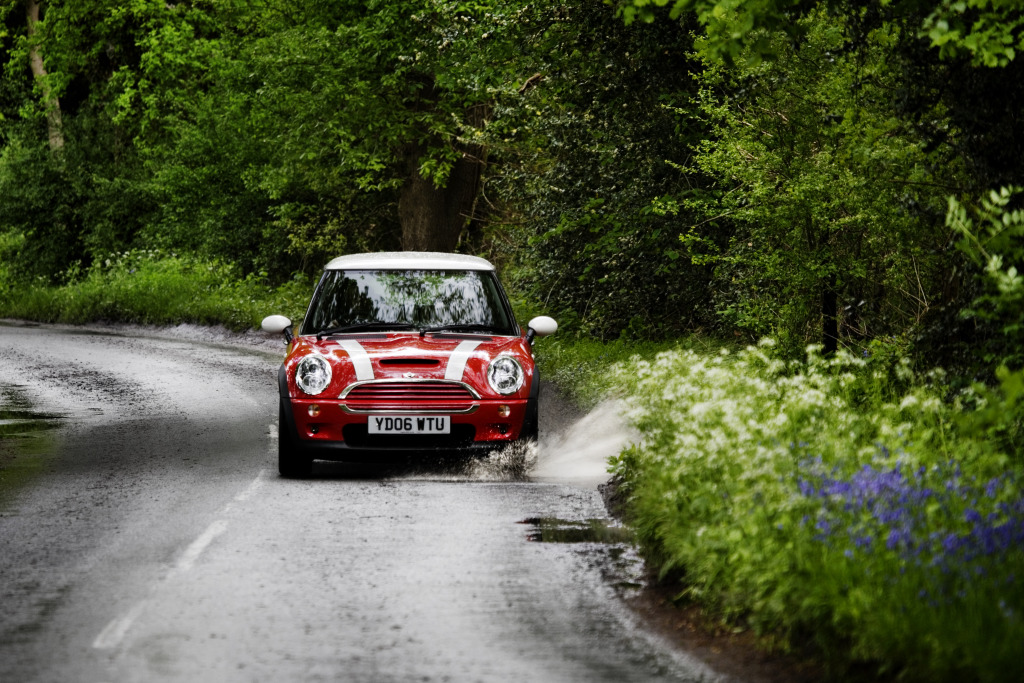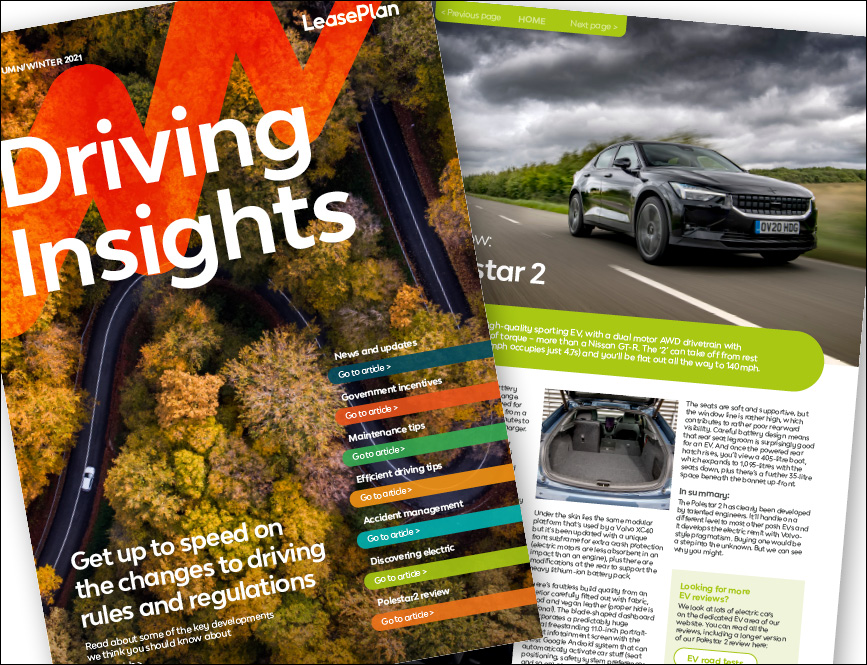With weather extremes seemingly becoming more prevalent, driving through flood water or heavy rain seems to becoming a regular feature in the daily commute for many drivers.
Here are our top tips and practical advice on driving in flood water.
1. Plan your journey
Motorways are more likely to be congested as traffic moves off flooded A roads. Allow extra time and take a mobile phone, a flask with something to drink and Wellington boots, in case the unexpected happens.
2. Vision
Make sure your windscreen wipers aren’t worn or damaged – and are working properly.
3. See and be seen
Make sure your lights are working properly, especially brake lights and switch on headlights during heavy rain.
4. Stopping distance
Double the distance between you and the car in front – your stopping distance in wet weather is longer. Remember to test brakes gently after entering water as they may not be as responsive.
5. Slow down
Don’t drive fast through standing water – aqua-planing is a real risk. Remember too that the road may have pot holes that, if flooded, you’d be unable to avoid – potentially causing more damage.
6. Depth and speed
If you can’t see the road or kerb, you don’t know how deep the water is. Drive slowly, at 1-2 mph, through deeper water, remain in the centre of the road (the highest point) using a low gear, and keep your revs high to prevent water entering your exhaust. If it’s deeper than 10cm or if you are in doubt at all do not proceed and determine an alternative route.
7. Recovery
If you break down in floodwater, get out of the car. Switch on the hazard-warning lights, don’t leave the bonnet open (in heavy rain, this may only add to the engine damage) and call immediately for breakdown assistance or emergency services.




